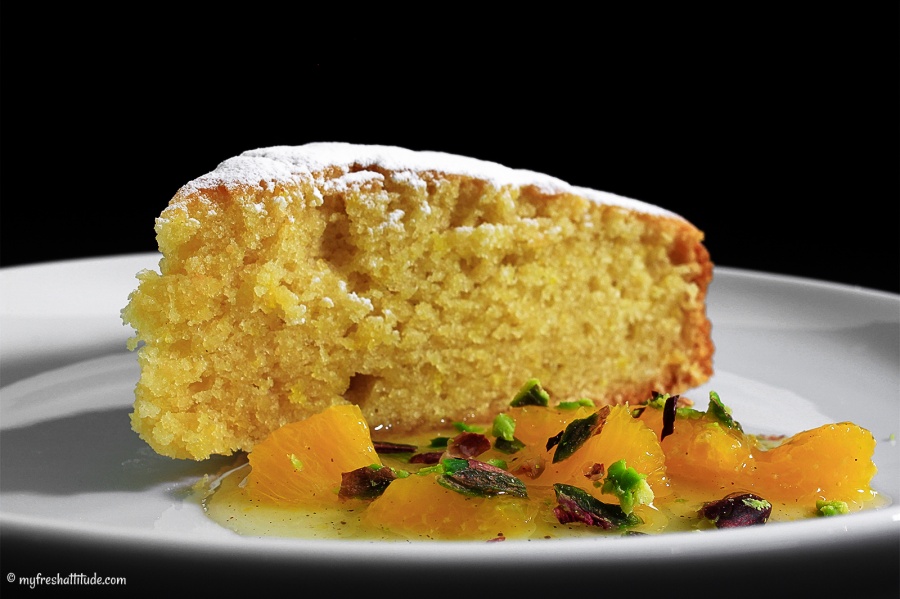
Pisciotta (Olive Oil Cake)
Baking a cake with olive oil? I know, this sounds strange at first to anyone used to baking with traditional fats (think butter). But, using olive oil produces a very light tasting cake resembling a sponge cake. The absence of butter allows the other flavors to shine, making this cake a truly delicious and fresh-tasting revelation.
Any fat acts as a shortening in baking, because it ‘shortens’ gluten strands and tenderizes the product. Most professional bakers use shortenings made from vegetable oils. These ‘baking fats’ are made solid during the manufacturing process and the fats become hydrogenated…and they’re not very
Subscription Required For This Content
Baking a cake with olive oil? I know, this sounds strange at first to anyone used to baking with traditional fats (think butter). But, using olive oil produces a very light tasting cake resembling a sponge cake. The absence of butter allows the other flavors to shine, making this cake a truly delicious and fresh-tasting revelation.
Any fat acts as a shortening in baking, because it ‘shortens’ gluten strands and tenderizes the product. Most professional bakers use shortenings made from vegetable oils. These ‘baking fats’ are made solid during the manufacturing process and the fats become hydrogenated…and they’re not very healthy. Hydrogenated fats are mostly used because of cost considerations. They are far less expensive than butter, and they will create products with longer shelf lives. Good for the manufacturer…bad for the consumer.
So why change fats now? Well, my two reasons are quite simple. I think olive oil is a healthier fat alternative and I like the way olive oil performs in baking vs. butter. Butter makes such a big impression in the final product; it simply selfishly takes over and will not allow the other flavors to be recognized.
When I came across a version of olive oil cake some years ago from Marcella Hazan’s classic book on Italian cooking, I knew I needed to experiment and try out the cake. It was stunning and I was immediately convinced on the merits of baking with olive oil.
Today, I do not consume any dairy products…but I still enjoy baking and especially eating sweet cakes, cookies, pies, etc. So, I needed to learn how to effectively use oils as a replacement to butter or other shortenings in various recipes. I looked at the composition of butter, which is mostly 82% fat, 13% water and 5% milk solids. By replacing the butter amounts in a cake recipe with 75% olive oil (yes, it is important to weigh your ingredients), I could replace the fat content. The water was also easy to compensate for just by adding the appropriate amount by weight to the liquid ingredients. The milk solids were a bit more challenging. Since oils are liquid fats, they tend to have the problem of spreading through a batter or dough too thoroughly and shorten gluten too much. The latter problem was not an issue for me because I like cakes that are flaky in their texture. Spreading through the dough too much is evident when mixing the batter and I concluded this was more of an emulsion problem than anything else. By adding some starch to the recipe, I could effectively control the spreading problem.
My next question was simply which olive oil I should use. I did experiment with several different Italian oils and I concluded oils from the northern regions worked best. These were oils from Verona and Liguria, which tend to be light and fruity. Tuscan oils were simply too strong for baking, leaving a noticeable presence in the final product. Sicilian oils also worked well, but they also left a slight bitter note behind – something which does not offend me by the way. So, extra virgin olive oil from the north of Italy became my default when I make this cake for others. Otherwise, it’s Sicilian extra virgin olive oil for me!
Finally, I needed to replace the egg whites, which I could accomplish by using a modern technique: whipping aquafaba to soft peaks.
Yield: makes about 8-12 servings